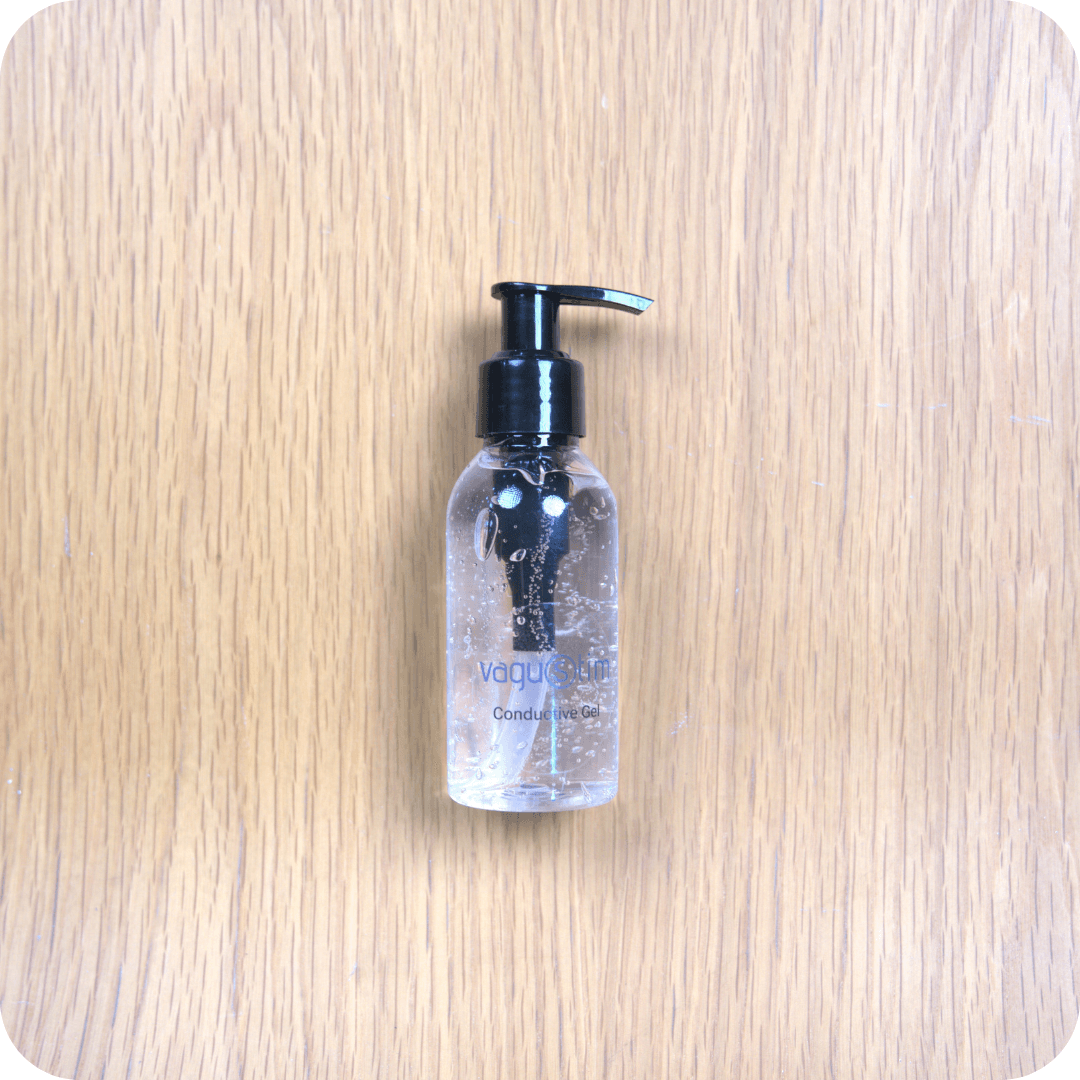Abstract:
Auricular vagus nerve stimulation (aVNS) is a non-invasive technique that has recently gained attention for its potential applications in wellness and neuromodulation research. Growing interest surrounds the exploration of how aVNS might influence brain and muscle-related functions through neural pathways. This study aimed to examine the effects of auricular VNS applied to different sides of the ear.
Methods:
Ninety healthy individuals were randomly assigned to one of three groups: unilateral left (n = 30), unilateral right (n = 30), or bilateral (n = 30) auricular VNS. Each participant underwent a single session of aVNS (10 Hz, 300 μs, 20 minutes). Electroencephalography (EEG) and electromyography (EMG) measurements were recorded before and after the session.
Results:
Following aVNS, an increase in wrist extensor muscle activation was observed on the side opposite to the stimulation. EEG results indicated a general shift in brainwave activity, with a decrease in high-frequency wave power and an increase in lower-to-medium frequency wave activity in several brain regions.
Conclusion:
These preliminary findings suggest that auricular VNS may influence neural circuits associated with both cortical activity and motor responses. The study contributes to the growing body of research investigating how non-invasive ear-based vagus nerve stimulation may interact with central and peripheral nervous system pathways. Further studies are encouraged to better understand the variability and potential wellness applications of this technique.
Authors: Gülşah Konakoğlu, Ali Veysel Özden, Hakan Solmaz, Celaleddin Bildik4




